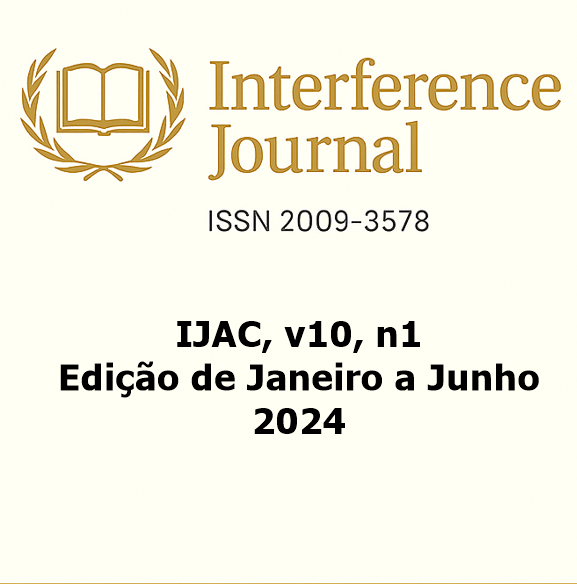The Marabaixo Cycle in Amapá: Tradition, Resistance and Afro-Amapá Cultural Identity
DOI:
https://doi.org/10.36557/2009-3578.2024v10n1p20-26Keywords:
Marabaixo; Afro-Brazilian culture; Amapá; popular religiosity; intangible heritage.Abstract
Marabaixo is an Afro-Brazilian cultural manifestation deeply rooted in the state of Amapá, especially in Macapá and Mazagão. This literature review seeks to understand the Marabaixo cycle as an expression of cultural resistance, religiosity, identity and belonging of the black population of Amapá. The bibliographic research explores historical, symbolic, social and political aspects of the festival, with an emphasis on the ritualistic calendar that extends from April to June. The results point to the importance of safeguarding this intangible heritage, especially in the face of the pressures of modernity and the increasing cultural commodification. It is concluded that the Marabaixo cycle remains one of the most important identity landmarks of the region.
Downloads
References
SILVA, M. L. Marabaixo: cultura e identidade afro-amapaense. Macapá: UNIFAP, 2010.
NOGUEIRA, A. C. Marabaixo: rituais e resistência. Revista Brasileira de Cultura Popular, v. 12, n. 1, p. 45-63, 2015.
ALMEIDA, D. F. Etnografia do Marabaixo: festas, santos e tradição. São Paulo: Annablume, 2013.
ALBUQUERQUE, R. M. Marabaixo como espaço simbólico de luta. Revista de Estudos Afro-brasileiros, v. 7, n. 2, p. 89-104, 2018.
SANTOS, J. E. Oralidade e transmissão do saber no Marabaixo. Revista Antropológica do Norte, v. 9, n. 1, p. 22-38, 2020.
OLIVEIRA, T. L. Patrimônio imaterial e resistências negras no Amapá. Cadernos de Cultura Afro, v. 3, n. 2, p. 59-77, 2019.
Downloads
Published
How to Cite
Issue
Section
License
Copyright (c) 2024 Luiz Felipe Nazario Rocha

This work is licensed under a Creative Commons Attribution 4.0 International License.
Você tem o direito de:
- Compartilhar — copiar e redistribuir o material em qualquer suporte ou formato para qualquer fim, mesmo que comercial.
- Adaptar — remixar, transformar, e criar a partir do material para qualquer fim, mesmo que comercial.
De acordo com os termos seguintes:
- Atribuição — Você deve dar o crédito apropriado , prover um link para a licença e indicar se mudanças foram feitas . Você deve fazê-lo em qualquer circunstância razoável, mas de nenhuma maneira que sugira que o licenciante apoia você ou o seu uso.
- Sem restrições adicionais — Você não pode aplicar termos jurídicos ou medidas de caráter tecnológico que restrinjam legalmente outros de fazerem algo que a licença permita.


